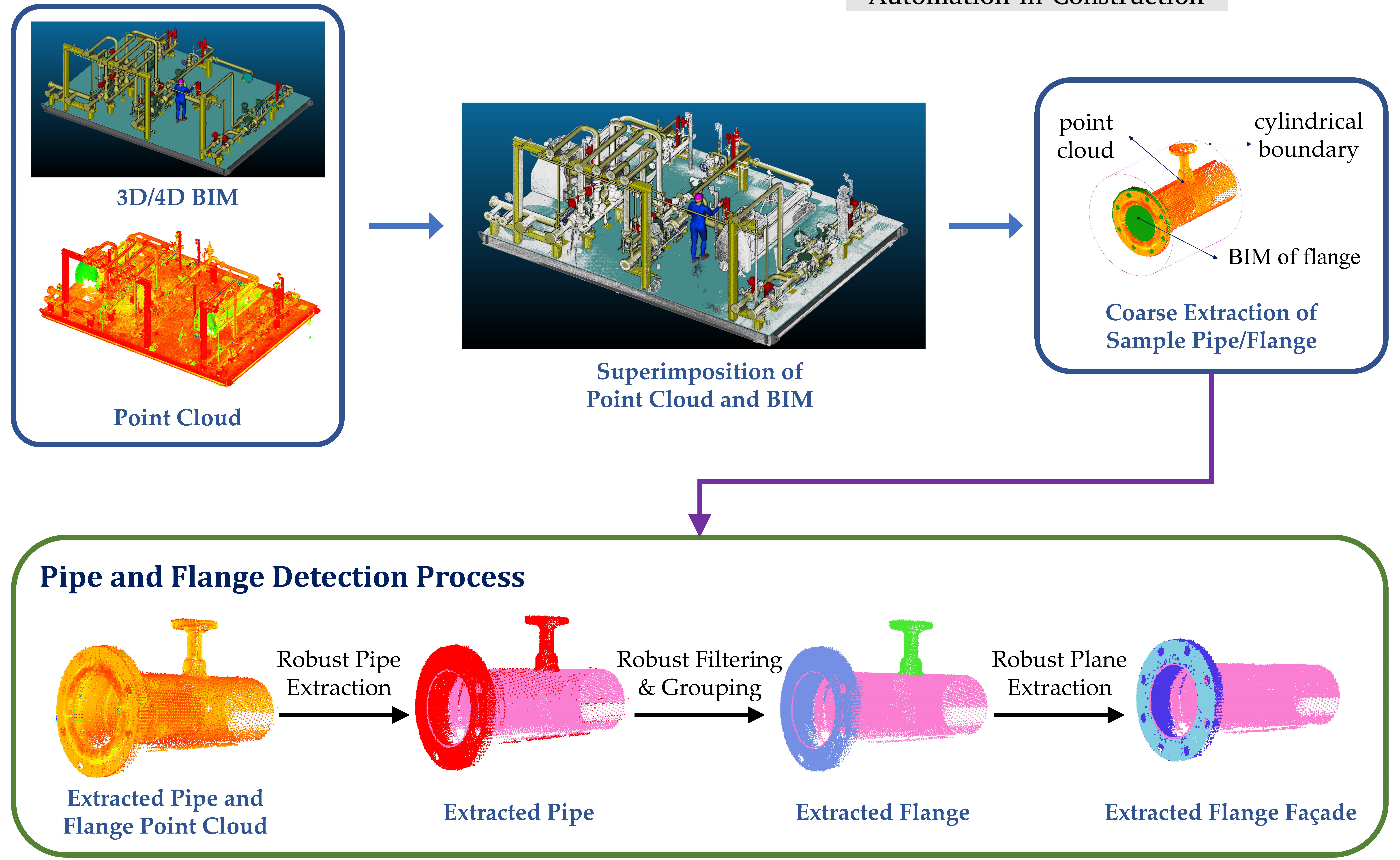In the case of construction quality control, construction rework, when left unnoticed, can span up to 25% of the total contracted construction cost, create significant delays (Berlin Airport), or much worse cause structural instabilities (Eindhoven Airport) and possibly fatalities (Neurath power station scaffolding). Reliable, and frequent collection and analysis of relevant field data are, hence, necessary to reduce the adverse effects of rework in construction. 3D point clouds provide a strong basis for fabrication dimensional verification as well as tolerance checks to help detect rework and possible structural instabilities. The frequent collection and analysis of 3D point clouds of construction elements is, hence, imperative to mitigate the risk associated with catastrophes, such as structural failure as well as late detection of rework. The following video provides an ethical perspective on the roles and responsibilities of digital engineering and construction practitioners in devising innovative solutions to utilize the latest technologies, particularly when the subject of construction safety is of the essence.

